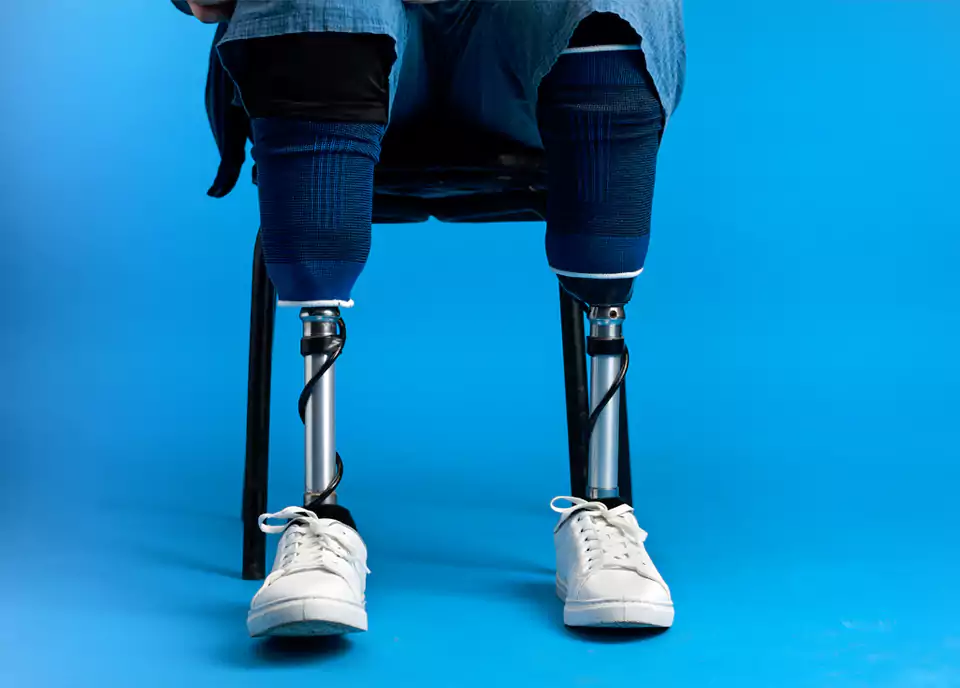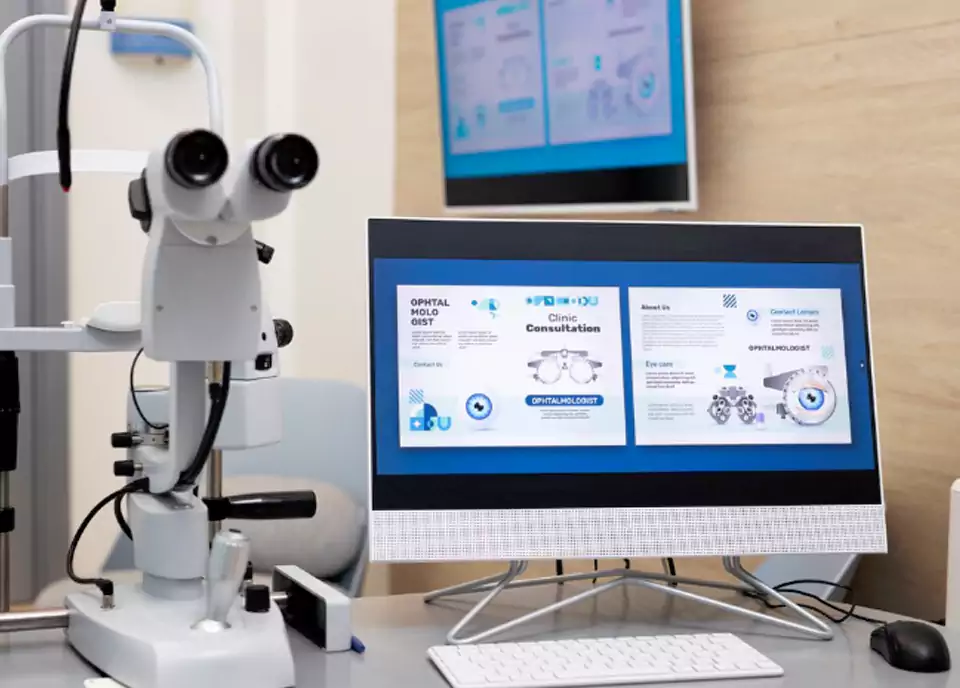These 510(k) case studies show how early FDA engagement, thorough testing, and strong predicate comparisons enable clearance—even for novel materials or technologies. Careful planning and complete data reduce review time and regulatory risk.
Case studies illustrate how thoughtful regulatory strategies and comprehensive testing lead to successful 510(k) clearances. The following anonymised examples highlight different situations and the lessons they offer.
A start‑up developed an orthopedic implant using a new biodegradable polymer. They classified the device as Class II and selected a predicate with the same intended use and similar mechanical performance. Recognizing the novel material, the team conducted extensive biocompatibility testing—including cytotoxicity, sensitization and chemical characterization—to show that the new polymer did not introduce toxicological concerns. They validated sterilization and shelf-life following ISO 11607 and ISO 11737 standards. A pre‑submission meeting helped confirm that no clinical data were needed. Their submission included a detailed risk analysis and a robust predicate comparison. The FDA cleared the device within 90 days, demonstrating that thorough preparation and early engagement can accelerate review.

A manufacturer modified an existing wound dressing by adding a silver antimicrobial agent. They filed a Special 510(k) because the intended use and technology remained the same. However, the addition of the antimicrobial necessitated additional biocompatibility testing and a new shelf‑life study. The team provided complete testing results and updated labeling to reflect the antimicrobial claim. They responded promptly to a minor AI request for clarity on performance data. Clearance was achieved without major delays, illustrating how even minor modifications require careful documentation and testing.

A diagnostics company developed a software‑based decision support tool. Because the tool provided clinical recommendations, the team sought FDA input through a pre‑submission meeting. The FDA recommended additional cybersecurity documentation and human factors testing to ensure safe use. The company followed IEC 62304 for software lifecycle processes, provided cybersecurity risk assessments and conducted usability testing. They also compared the device to a predicate with similar intended use but without software. The comprehensive submission resulted in clearance, demonstrating that pre‑submission feedback helps identify and address key issues early.

These case studies reveal common themes: early FDA engagement, robust verification and validation testing, comprehensive risk management and clear predicate comparisons. They show that the 510(k) pathway can accommodate novel materials and technologies when data supports safety and efficacy. For developers, the lessons are clear: plan early, gather complete data and leverage pre‑submission programs to clarify expectations. Doing so can shorten the path to market and reduce regulatory risk.